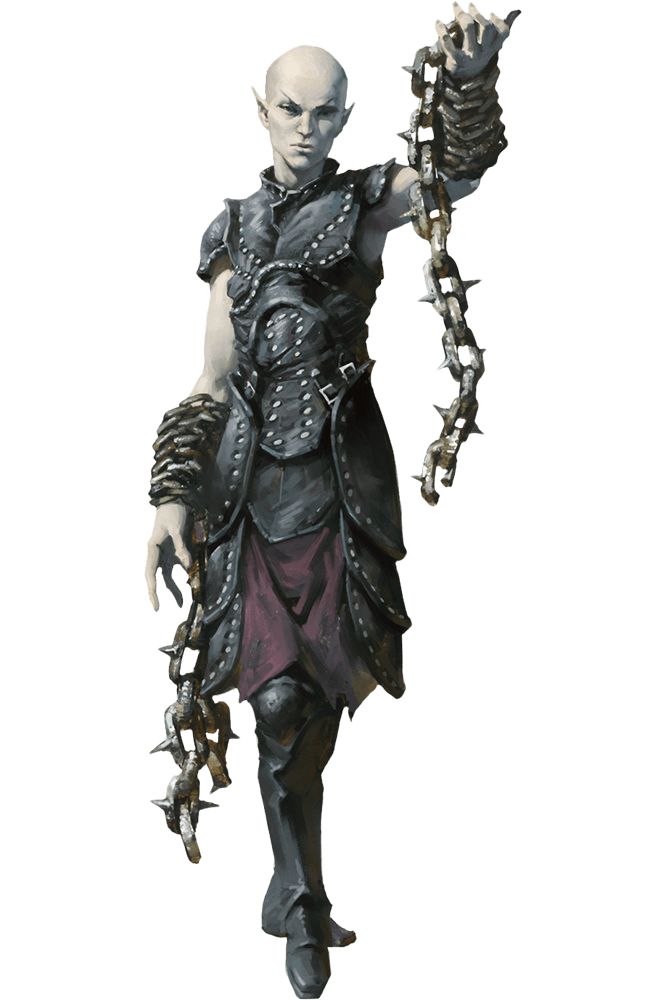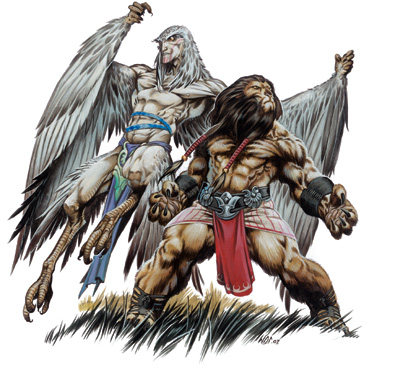

Speaking of, you’ll spend a good deal of your slots buffing yourself ( hasted Bladesinger? Even more unhittable) or casting reaction spells. This is especially good at lower levels when spell slots are more scarce. The Bladesinger also gets Extra Attack at 6th level, like the bards mentioned next, but the Bladesinger’s is better because one of them can be a cantrip. Naturally, there are restrictions: no shield, no medium or heavy armor, no two-handing weapons. Super powerful feature! It’s why a two-level wizard dip is attractive to Dexterity-based eldritch knights and arcane tricksters.

A paladin’s slots are mostly for smiting if they’re playing efficiently. Neither are the pure paladin, ranger, and artificer. Second, they also lack the spell slots to make leveled spells an integral part of their fighting until the late game, especially rogues, who are expected to bring a lot of utility to the party. A striker, not a tank.īy this definition, third-caster subclasses of martial classes, like the eldritch knight and arcane trickster, aren’t spellswords.įirst, they only get close to wielding powerful spells late in the game (and most campaigns don’t get anywhere near high-level play ( source)). They move quickly to make the most of good positioning, switching between weapons (often magically enhanced) and spellcasting as needed.
#5E SORCERER GISH FULL#
Animes are chock-full of magic swordsfolk, the Witcher series is super popular (longsword in one hand, magic in the other), and Gandalf himself is an early example of this type of character.ĭ&D 5e is the go-to fantasy tabletop RPG, and you can certainly mix and match magic and martial prowess with its vast array of player options, but I’m going to argue for-and use-a stricter definition of spellsword that narrows things to a particular playstyle.Ī spellsword is more magically adept than a half-caster, better at melee than most full casters, and not as hardy as a martial character.

The all-rounder warrior who’s competent at swinging a sword and slinging spells-and they’re probably up for some skulduggery, too! Many people want to play this character type in D&D.


 0 kommentar(er)
0 kommentar(er)
